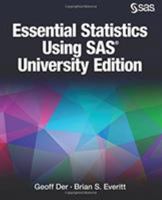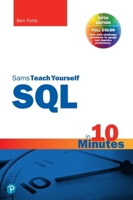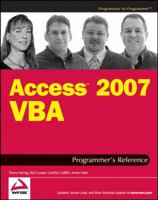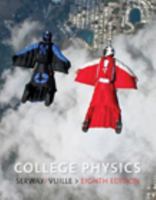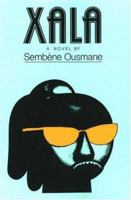Differential Equations: An Introduction to Modern Methods and Applications [with WileyPLUS]
Differential Equations: An Introduction to Modern Methods and Applications is a textbook designed for a first course in differential equations commonly taken by undergraduates majoring in engineering or science. It emphasizes a systems approach to the subject and integrates the use of modern computing technology in the context of contemporary applications from engineering and science. Section exercises throughout the text are designed to give students hands-on experience in modeling, analysis, and computer experimentation. Optional projects at the end of each chapter provide additional opportunitites for students to explore the role played by differential equations in scientific and engineering problems of a more serious nature.
Format:Hardcover
Language:English
ISBN:0471651419
ISBN13:9780471651413
Release Date:November 2006
Publisher:John Wiley & Sons
Length:682 Pages
Weight:0.05 lbs.
Dimensions:1.1" x 8.3" x 10.0"
You Might Also Enjoy
More by Stephen R. Schmidt
Customer Reviews
5 customer ratings | 5 reviews
There are currently no reviews. Be the first to review this work.











![Hardcover Differential Equations: An Introduction to Modern Methods and Applications [With Ode Architect Website Support] Book](https://i.thriftbooks.com/api/imagehandler/m/CD34CCF3B68A9AD10568039F035303F3172990B3.jpeg)

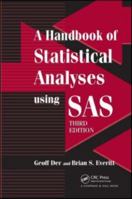
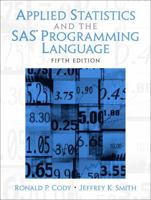

![SAS Certification Prep Guide: Base Programming for SAS 9 [With CDROM]](https://i.thriftbooks.com/api/imagehandler/s/2E71F07D7C815C36FA3D164FB4512E536E009A05.jpeg)
